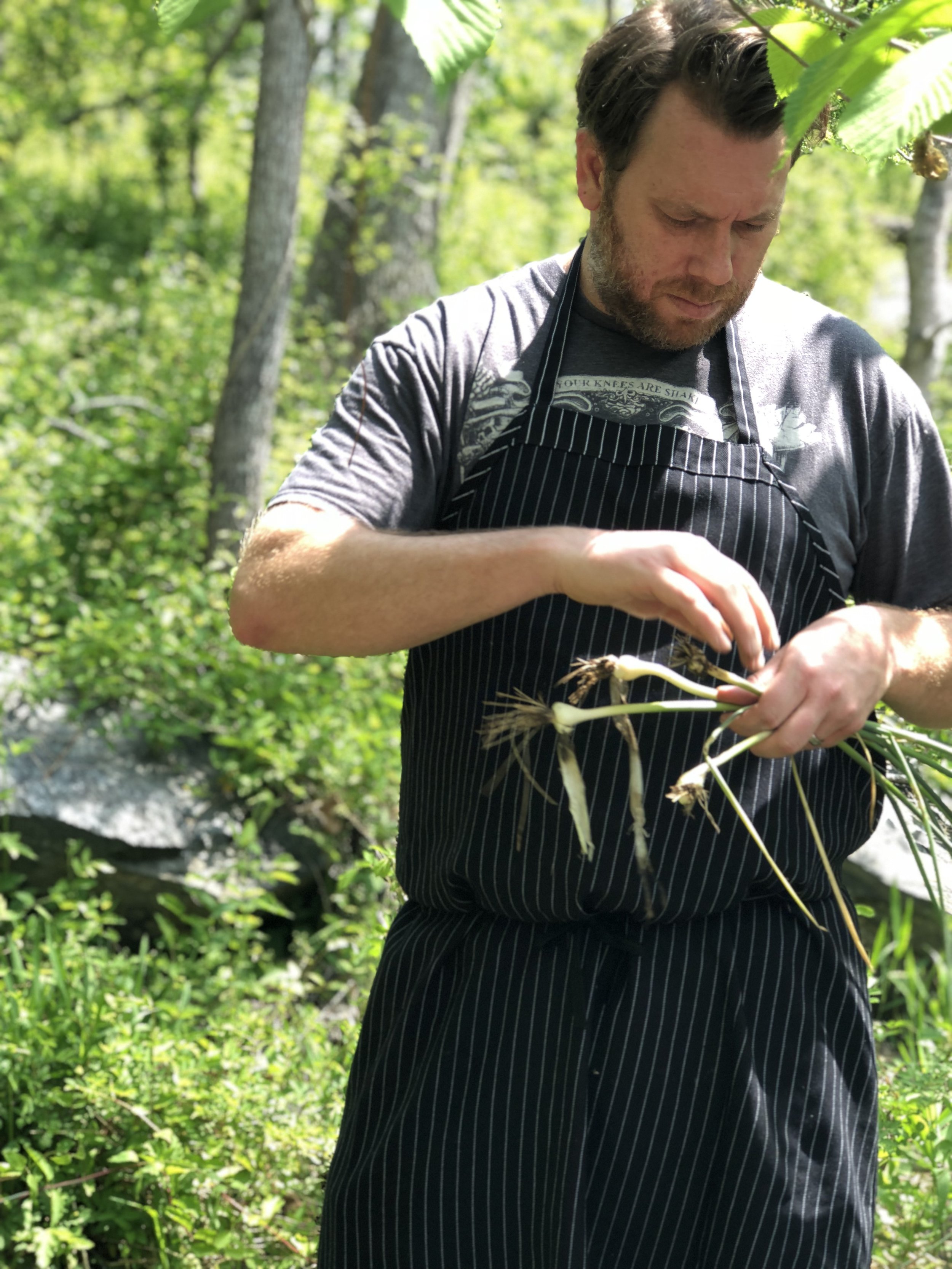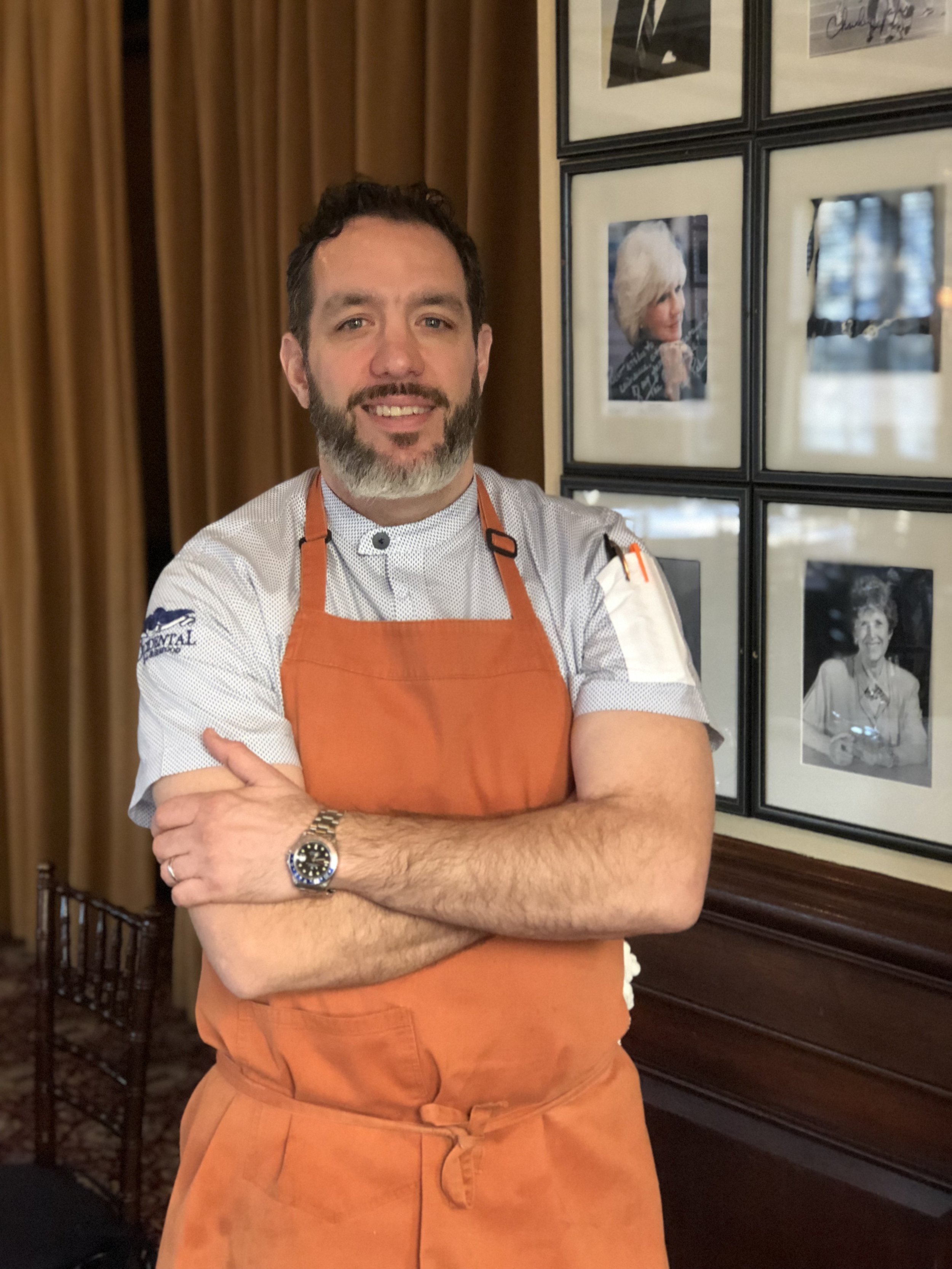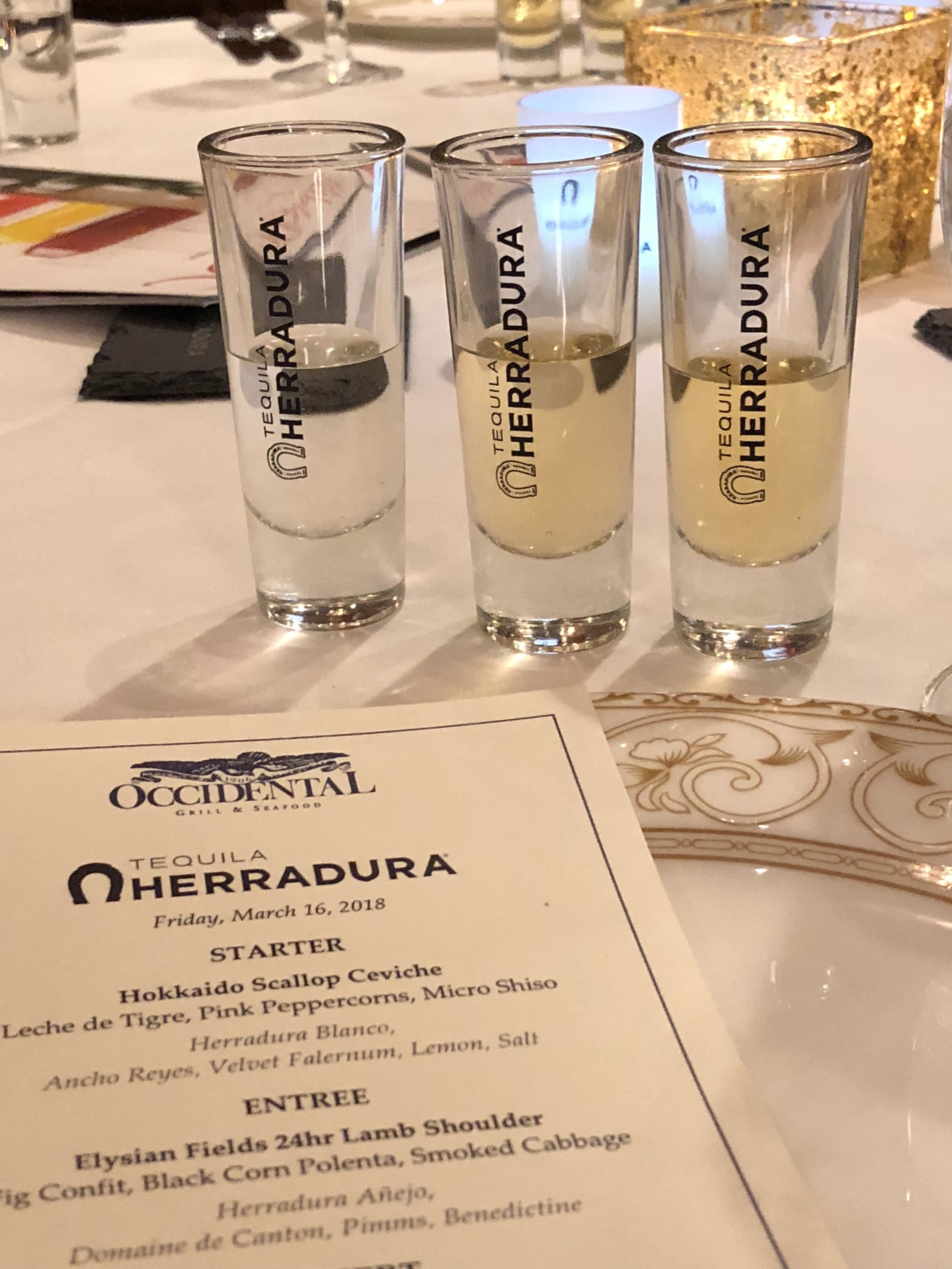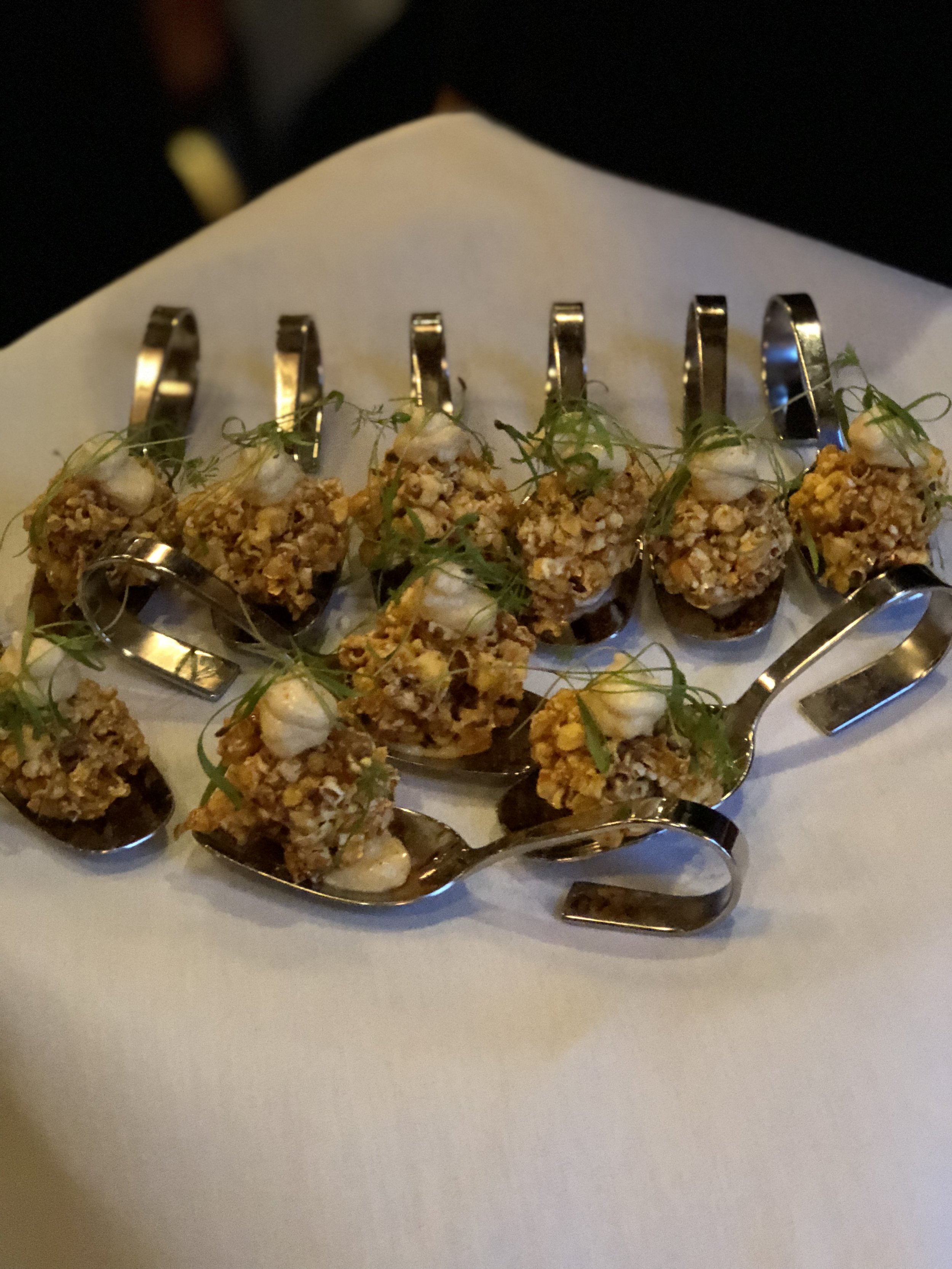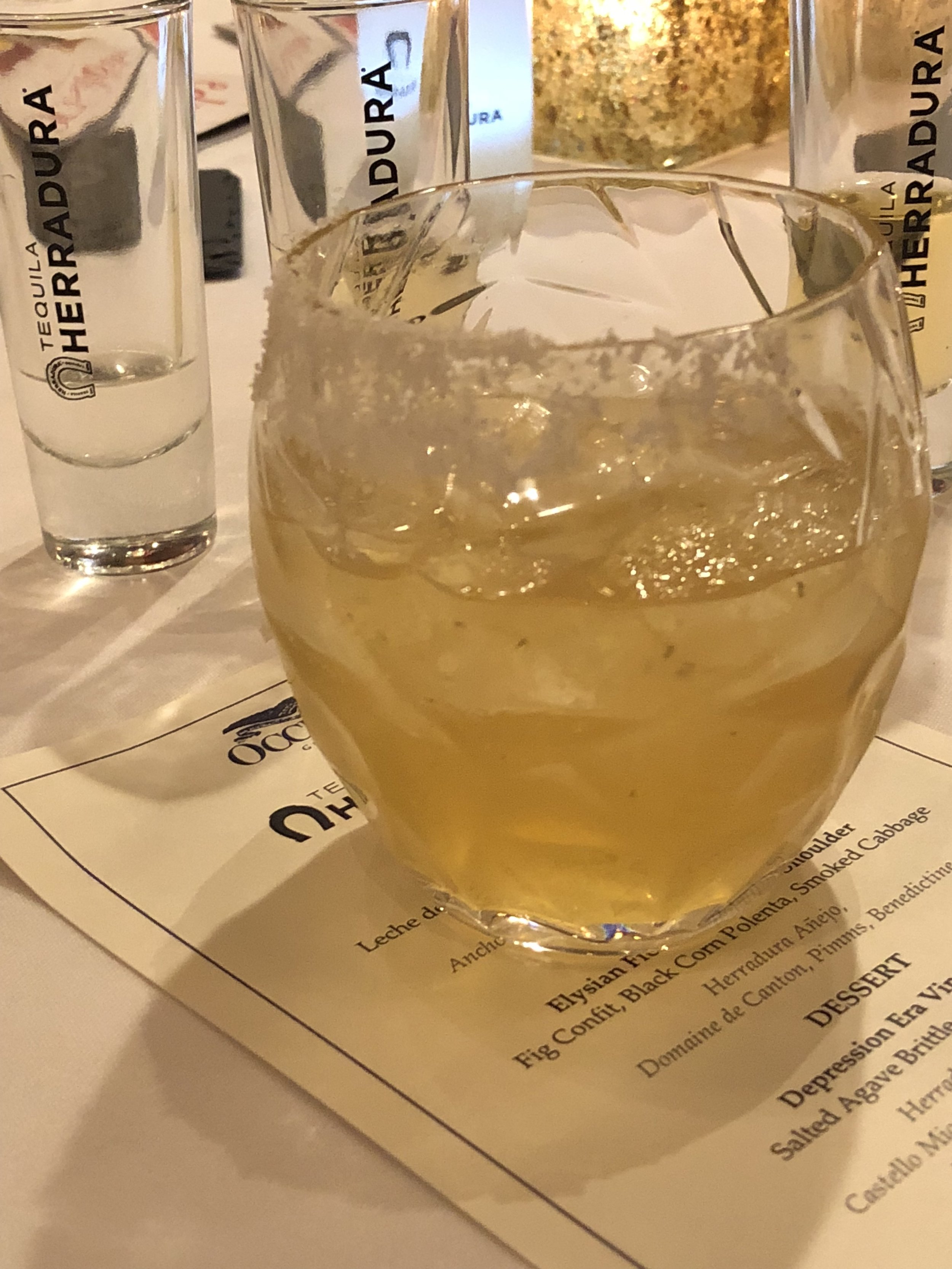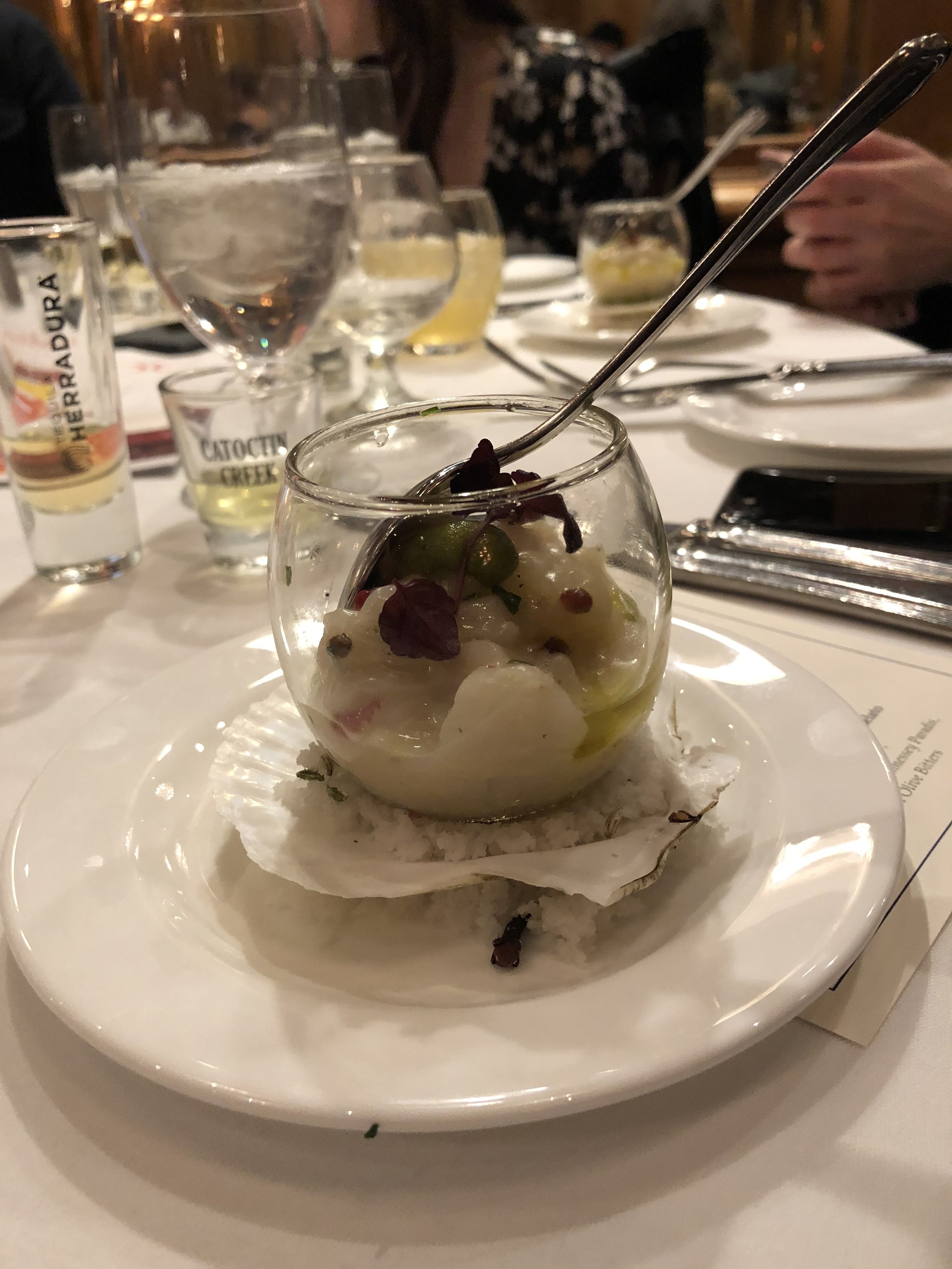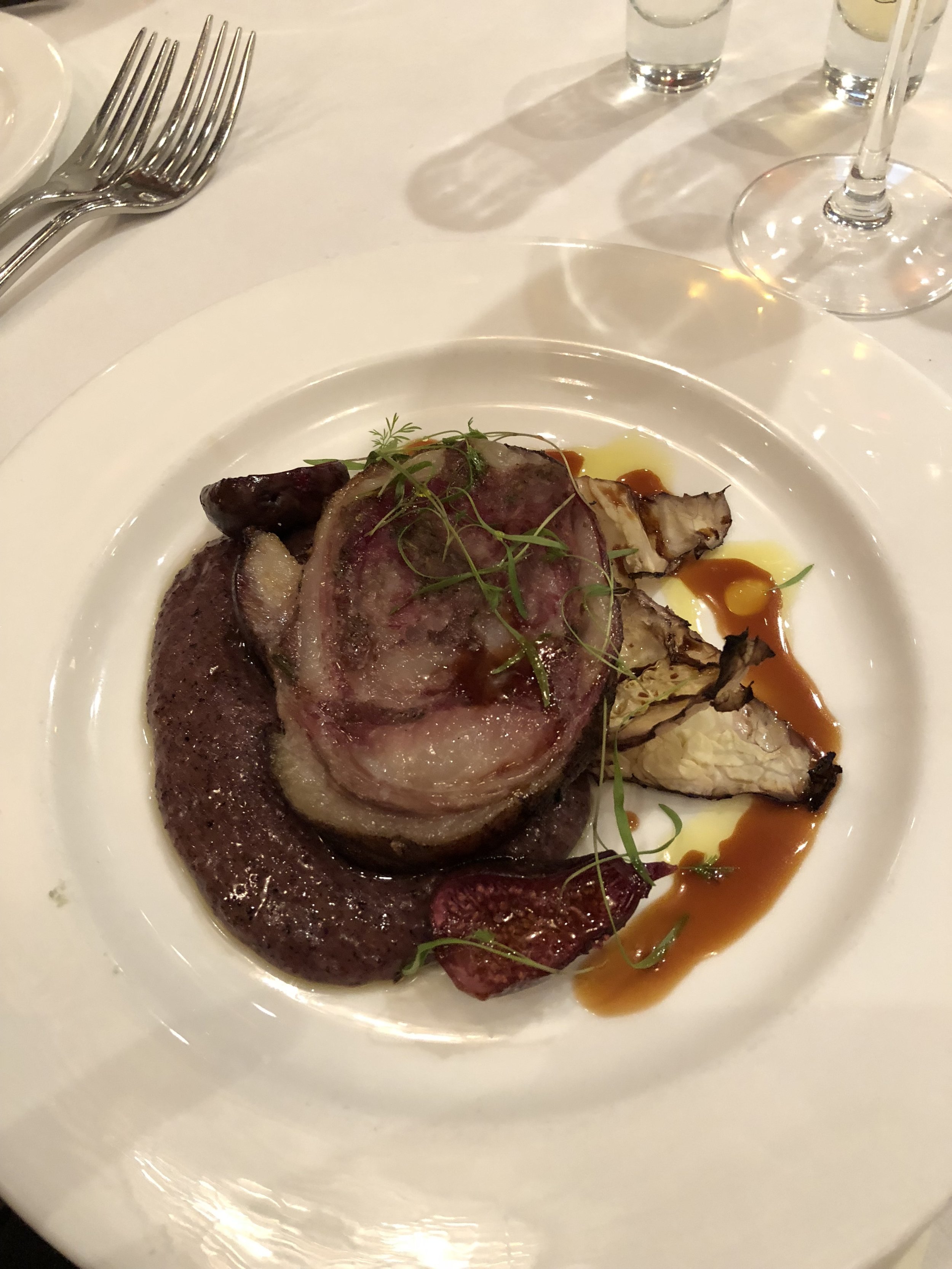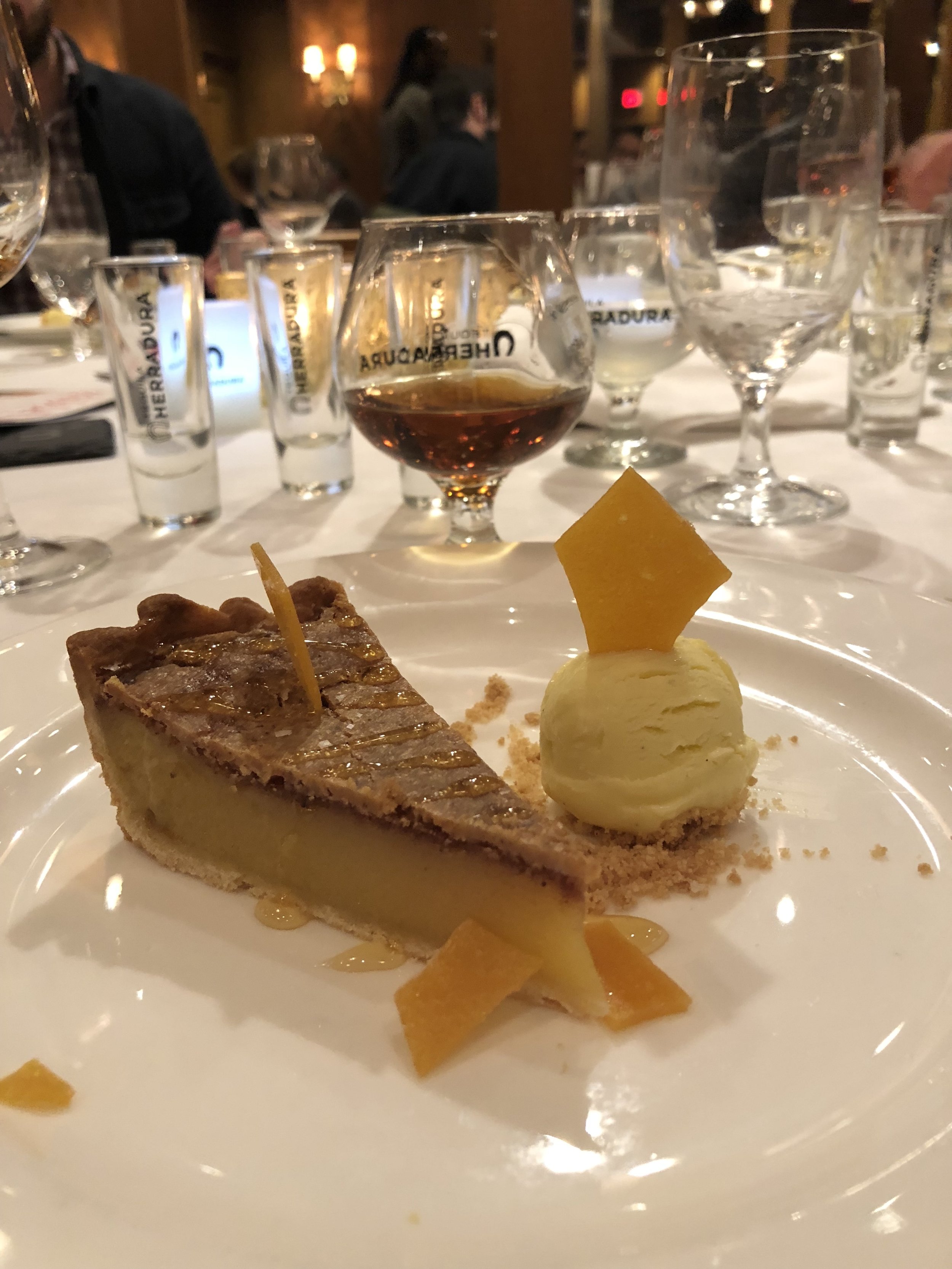John Shields doesn’t waste any time when he arrives at the eatery run by his longtime chef-friend and fellow Baltimorean, Spike Gjerde.
“I have to talk to you guys for my book,” he says to Gjerde and Jeremiah Langhorne, a Washington, DC, chef who trekked to Charm City on his day off to talk shop and sustainable sourcing with the other two.
“It’s about where we go next for the Chesapeake.”
Far from off-the-wall, the question is one these three chefs spend inordinate amounts of time mulling. They’ve each come to see their restaurants as tools for tackling some of the region’s most vexing environmental issues—and for promoting its rich resources.
Shields, 65, has been “slinging crab cakes” since childhood, starting as a volunteer serving business lunches at his grandmother Gertie’s church in Baltimore and going on to write The Chesapeake Bay Cookbook: Rediscovering the Pleasures of a Great Regional Cuisine 25 years ago. It includes recipes for braised muskrat, Maryland Beaten Biscuits and Lady Baltimore Cake, not to mention blue crabs.
His next book, The New Chesapeake Kitchen, due out next year, will be part cookbook, part call to action as he challenges readers to embrace fare that’s better for “the bay and the body.”
Shields first put the region’s best on the map in 1983 when he opened Gertie’s Chesapeake Bay Café in Berkeley, California, just as diners were beginning to tip their hats to from-here food.
“People were just opening up to American food as being valid and not second-class to European,” says Shields, who cooked in California alongside local-food pioneers like Alice Waters. “It reflects a sense of place and a sense of geography and a sense of history—and stories. It’s who we are.”
Years later, Shields moved back home to host a public television series on the Chesapeake and to cook the region’s specialties closer to the source at Gertrude’s inside the Baltimore Museum of Art.
Gjerde, 53, took a more circuitous route to the conclusion that this region can produce some of the world’s best food. Last year, the James Beard Foundation declared him the “Best Chef: Mid-Atlantic,” in part because his cooking so keenly represents the very essence of the area.
“Gjerde’s food reminds me what a great pantry he has in his backyard,” says Washington Post food critic Tom Sietsema, who served on the award committee.
Gjerde moved to Baltimore’s suburbs as a kid, but “I didn’t connect with the traditions and foodways of this region the way John did.”
The Chesapeake Bay foodshed just happened to be where he put down roots after going away to school and returning to the city to start a restaurant.
“It turns out, I was very lucky.”
Langhorne, 31, feels the same way about the diverse growing region that surrounds the nation’s capital—and that’s why he chose to move here. When the District native left Charleston to open The Dabney last year, the question he got most was, “Why DC?”
After debunking stereotypes about the capital’s lack of food culture, he would tell them that the District is, in fact, “geographically one of the best places in the entire country to open a restaurant.”
For starters, it sits on the footprint of the largest estuary in the country, home to iconic and diverse seafood species—and a costly cleanup effort to keep them all here—from striped bass and soft-shell crabs to the more recent addition of farmed oysters.
West of the District, farmers have for generations cultivated or grazed animals on the fertile Piedmont soils in the shadow of Virginia’s Blue Ridge Mountains, where nearby forests also provide fodder for mushroom and ramp foragers. That thread of diversity runs throughout the Appalachian Valley, where food staples such as sorghum, heirloom beans and funky vinegars are experiencing a comeback.
There are chickens and cows and a preponderance of pigs being raised, increasingly on pastures, throughout the six states that make up the Chesapeake drainage basin. Add Pennsylvania’s dairy and cheese culture and Maryland’s legacy of grains—and that “bounty” certain chefs speak of starts to come into focus.
“You have everything that a chef could possibly want within a very close radius, and that is incredibly rare,” says Langhorne.
These chefs benefit from that bounty, sure, but they also feel a duty to protect and support it. Gjerde has been known to post how much money his restaurant gives to the producers of the butchered meats in his case at Parts & Labor, because making sure they have a future in their business is central to his.
“I want to use whatever resources I have to help get the food system that I want,” he says.
These chefs’ visions are big and sometimes hard to grasp without sitting down for several courses at their restaurants (which we recommend you do). So we asked them: What would a better Chesapeake cuisine look like if you had to represent it in one plate of food?
In response, their dishes showcase ingredients that reflect the area’s best resources without putting a strain on them. To stretch those resources, the lump crab cake becomes a crab soup that can feed eight rather than two. The proteins, as Thomas Jefferson once recommended, become more of a condiment as they cede the spotlight to good-for-the-soil grains and rooftop-grown microgreens. The sauces are rooted in old-school fermentation and plentiful-but-underused local ingredients such as walnut leaves.















